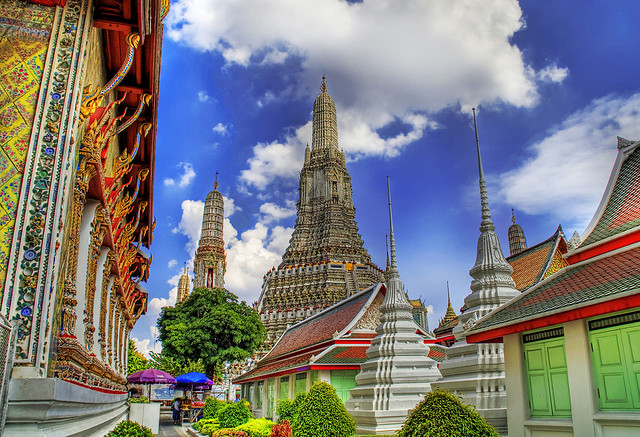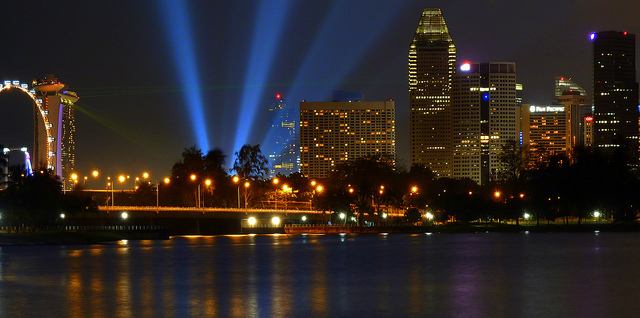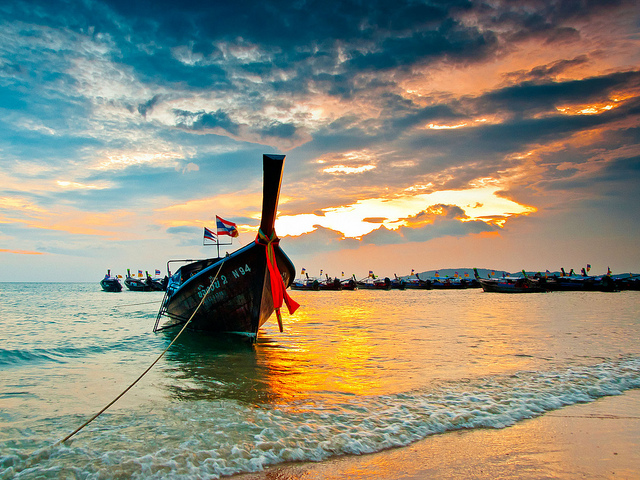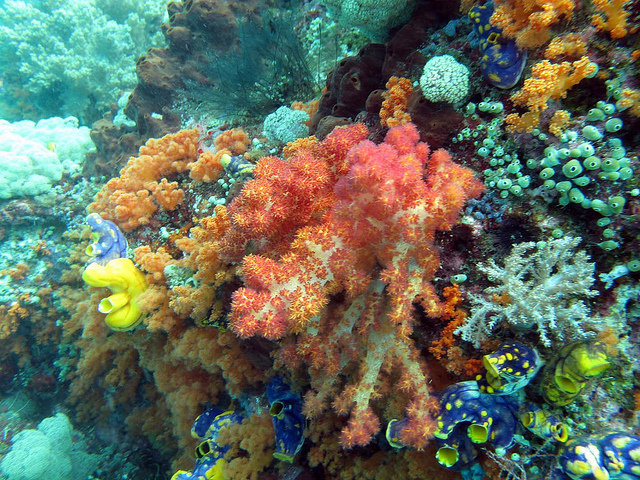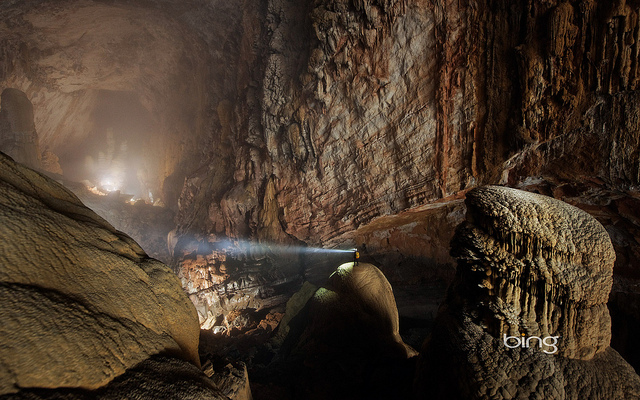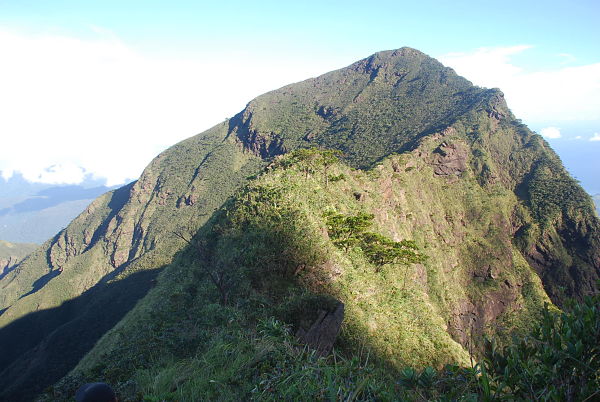Spelunking is yet to catch on in Southeast Asia, not when the sun, sand, sea and surf provide stiff competition. This is not to say that there are no serious spelunkers descending to dark depths on this side of the planet, nor is there a shortage of caves to explore. Maybe it is the fact that the absence of light just scares some of the less intrepid adventurers (uhm, isn’t it why they call it an adventure?) or that there is really nothing fancy to bats and their excreta, save some mounds of limestone drippings here and there, with some the sizes of cathedrals many times over.
Whatever the reason, caves are seriously undertouristed (not that speleologists – scientists who study them and would want to leave them in pristine form – complain) and remains one of those realms where you can be by yourself and literally get lost. Here’s a collection of some of the region’s entrance to the underworld, with so many yet to be mapped and photographed (and, heavens forbid, converted to tourist spots).
Son Doong Cave, Vietnam
It is but proper to start this list with the world’s largest, and it fortunately is found in Southeast Asia. Vietnam’s Hang Son Doong (“mountain river cave”) should not be confused with the man-made tunnels that the guerillas carved during that unfortunate war. Despite its mammoth size however, Hang Son Doong in Phong Nha-Ke Bang National Park was only recently discovered (1991) and has just been mapped (2009). Speleologists who did the mapping claimed that a skyscraper could easily fit in the gargantuan caverns, and that the end is not yet in the horizon.
Batu Caves, Malaysia
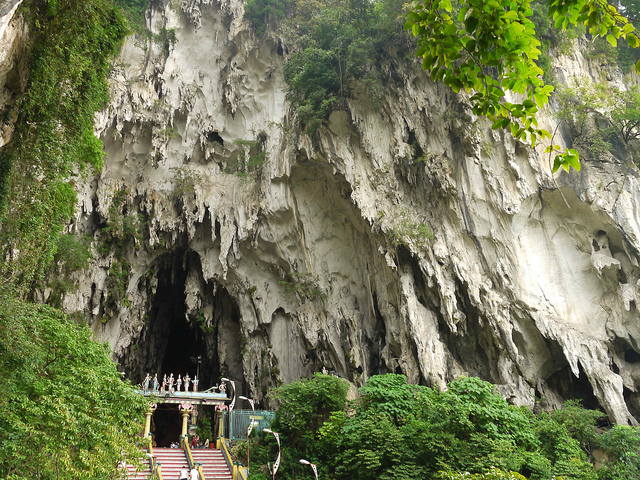
(Photo by skrebsmaus07)
Located 13 kilometers north of Kuala Lumpur, Batu Caves are famous not only among Hindu devotees but also among tourists who want to experience a slice of the netherworld without diving to the deep end. Despite the fact that it is a pilgrimage site, the cave complex is actually home to some exciting 160 rock climbing routes which also rightfully makes it a pilgrimage site for mountaineers.
Deer Cave, Malaysia
(Photo by NeilsPhotography)
The Malaysian side of Borneo is not only home to a staggering number of species (as what an ancient forest should contain) but also to superlative caves. The Deer Cave, named after deer who come to the cave to lick salt-bearing rocks, was actually thought to be the longest in the world until it was trumped by Vietnam’s Son Doong Cave.
Tham Pha Thai, Thailand
(Photo by Heiko S)
It’s easy to overlook amazing Underworlds in a land where blinding beaches are a dime a dozen and glitzy temples are a penny apiece. But in northern Thailand where the staples are national parks, caves are a logical diversion to beach boredom and temple fatigue. Pha Thai Cave in Lampang easily fits the bill. Considered as one of Thailand’s most extensive and deepest, this cave is home to a population-explosion species of snakes.
St. Paul Cave, Philippines
Now more popularly known as the Puerto Princesa Underground River, this cave is just one of the many spectacular caves in the Philippines, with navigable subterranean body of flowing water and complete sea-to-summit ecosystem. While this is a must-see for tourists (and no, PPUR is not undertouristed; elbowing your way in for entrance application is more like the scene), the current scene-stealer in spelunking circles is the Calbiga Cave Complex in Northern Samar, Central Philippines (public domain photos are yet to populate the social media). The sheer size of the cave complex is mind-boggling: It is currently considered the third largest cave complex in the world. If mapped in its entirety, it could give Hang Son Doong a run for its money.
